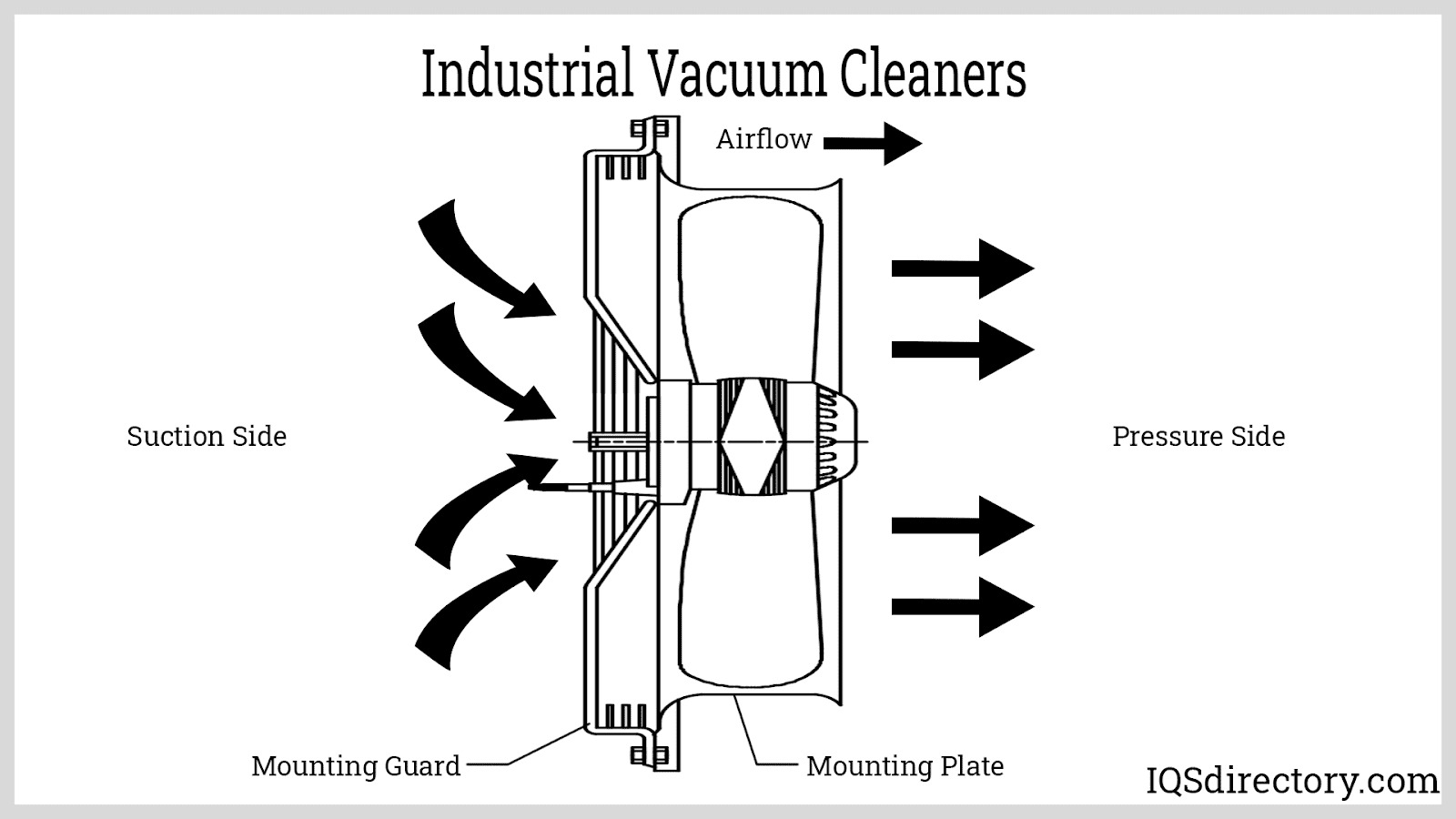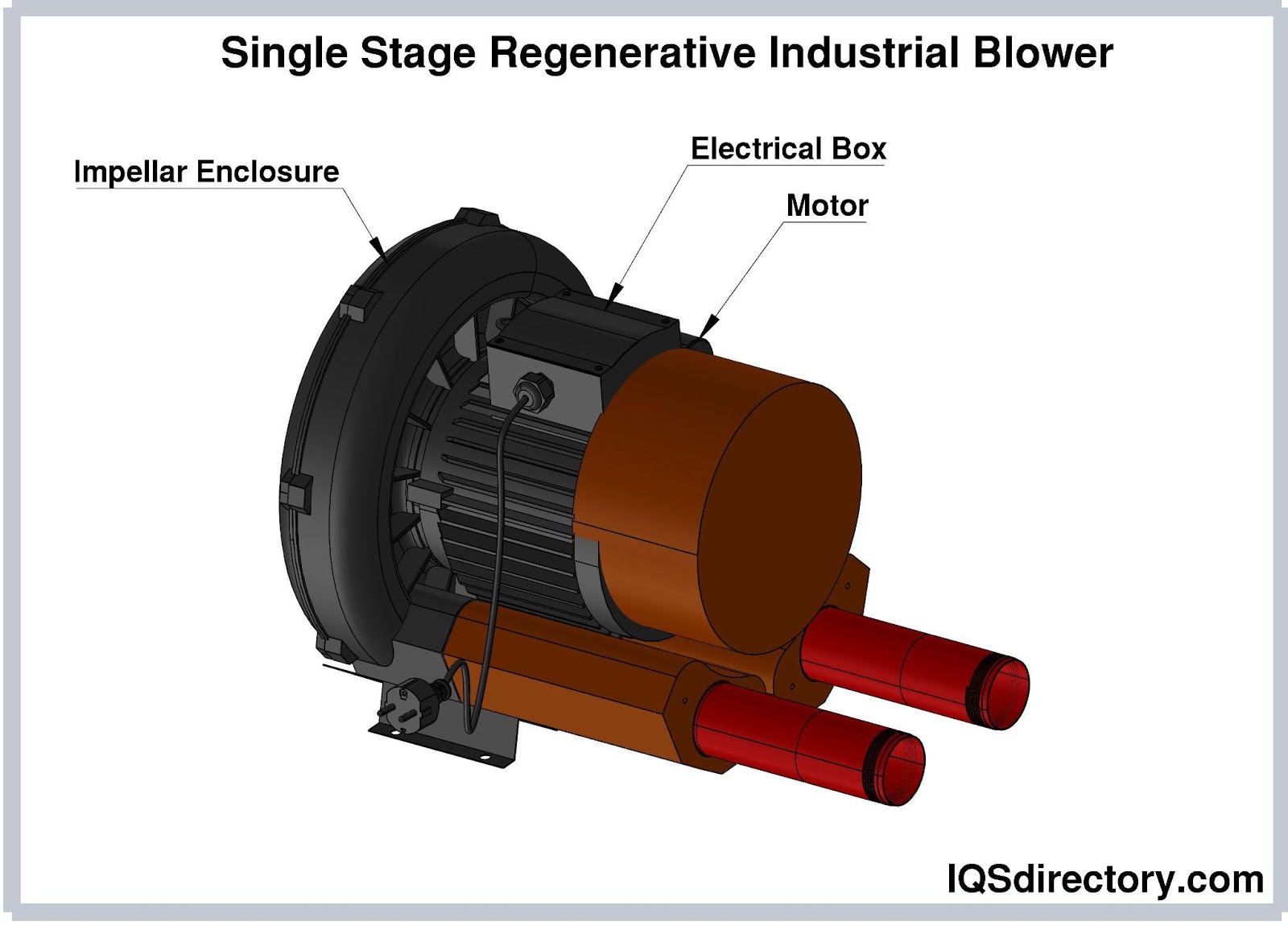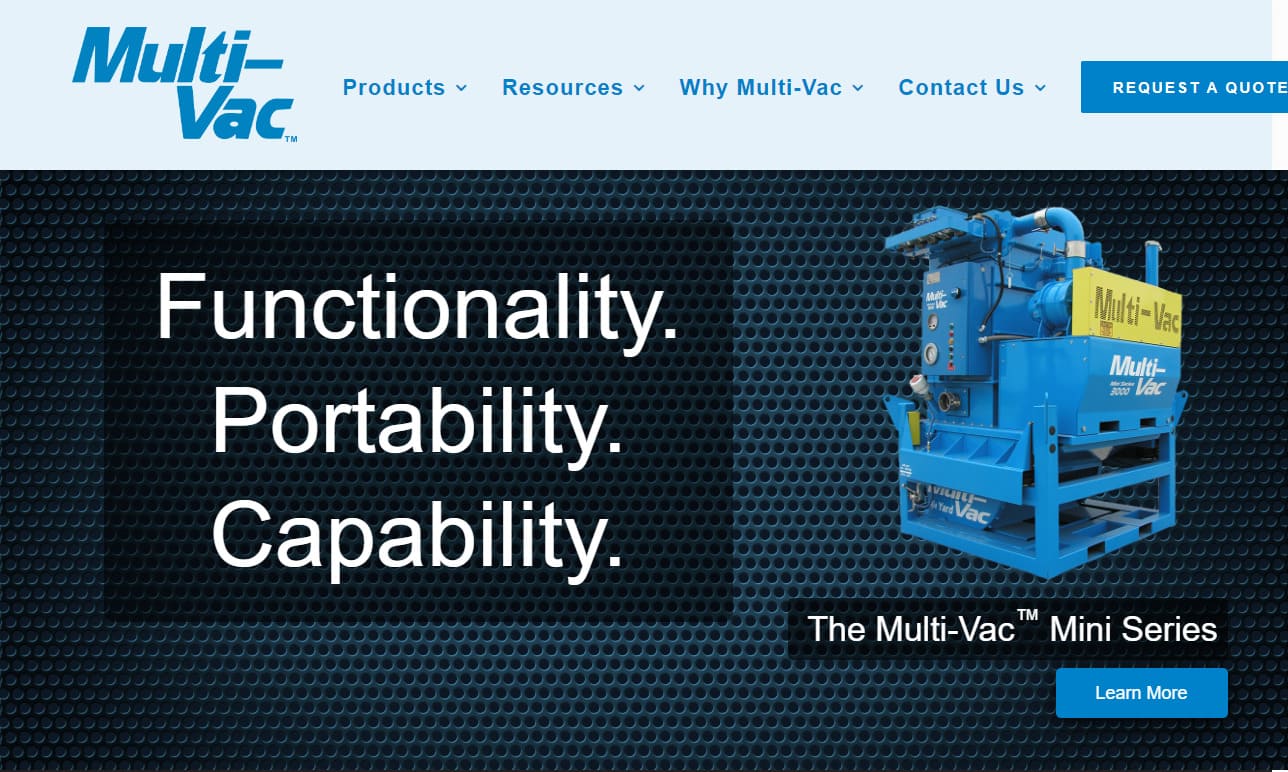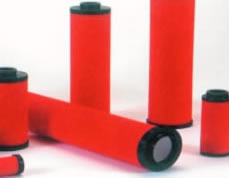Central Vacuum Systems

A central vacuum system is a cleaning mechanism that is built into a building for ease of use, access, and maintenance. Vacuum and pressure are created by a centrally located motor to remove dirt, dust, and debris…
Combustible Dust Vacuum Cleaners

Combustible dust consists of solid material made up of particles with varying sizes, forms, and chemical properties that can ignite and lead to fires or rapid explosions. These explosions swiftly propagate through an area, causing…
Explosion-Proof Vacuums and Dust Collectors

Explosion-proof vacuums are vacuum systems that use compressed air, electricity, and cyclonic motion to prevent the ignition of gasses or vapors and operate at temperatures that will not ignite a possibly flammable atmosphere…
HEPA Vacuum Cleaners

A HEPA vacuum cleaner is a vacuum cleaner that accepts high efficiency particulate air (HEPA) filters, is tightly sealed, and allows air to only pass through the HEPA filter. They are designed to capture particles of dust, dirt…
Industrial Vacuum Cleaners

An industrial vacuum cleaner is a heavy duty piece of cleaning equipment designed to remove debris, industrial waste, construction refuse, and matter that remains after a manufacturing process or construction project…
Types of Vacuum Cleaners

Vacuum cleaners use suction to collect dirt, dust, waste products from industrial processes, and other debris for disposal, recycling, or reuse. They are mainly used for building maintenance and cleaning of industrial space…
Air Filter

Air filters are devices used to remove airborne particles, pollutants, and microorganisms hazardous to health and the ecosystem. In industrial facilities, air filters preserve the quality of products and materials and protect…
Dust Collection Systems

A dust collection system is a system that removes particulate contaminants from the air in production facilities, workshops, and industrial complexes. The system cleans air by forcing it through a series of airtight filters…
Centrifugal Blowers

A centrifugal blower is an air moving device that uses an impeller to pull air into a tube like structure and release it at a 90o angle. The impeller is a set of blades inside the blower that rotates at a high rate to pressurize and move air…
Industrial Blowers

An industrial blower is a device that enhances the air flow in a workspace effectively and efficiently using an electric motor, impeller, and airfoils. The purpose and function of industrial blowers is to be a permanent addition to a workspace to increase airflow and…
Jet Dust Collectors

A jet dust collector is a suction filtration unit that pulls dust ladened air into a filtration system that collects particulate matter and releases clean air. The filters of jet dust collectors are cleaned by compressed air that uses…
Types of Dust Collectors

During the Industrial Revolution in 1852, when companies began producing high volumes of industrial waste like fine dust, wood dust, and other particles, an American named S.T. Jones applied for the first dust collector patent…





















 Air Compressors
Air Compressors  Air Filters
Air Filters Air Pollution Control
Air Pollution Control Blowers
Blowers Dust Collectors
Dust Collectors Industrial Vacuum Cleaning Equipment
Industrial Vacuum Cleaning Equipment Castings & Forgings
Castings & Forgings Bulk Material Handling
Bulk Material Handling Electrical & Electronic Components
Electrical & Electronic Components Flow Instrumentation
Flow Instrumentation Hardware
Hardware Material Handling Equipment
Material Handling Equipment Metal Cutting Services
Metal Cutting Services Metal Forming Services
Metal Forming Services Metal Suppliers
Metal Suppliers Motion Control Products
Motion Control Products Plant & Facility Equipment
Plant & Facility Equipment Plant & Facility Supplies
Plant & Facility Supplies Plastic Molding Processes
Plastic Molding Processes Pumps & Valves
Pumps & Valves Recycling Equipment
Recycling Equipment Rubber Products & Services
Rubber Products & Services